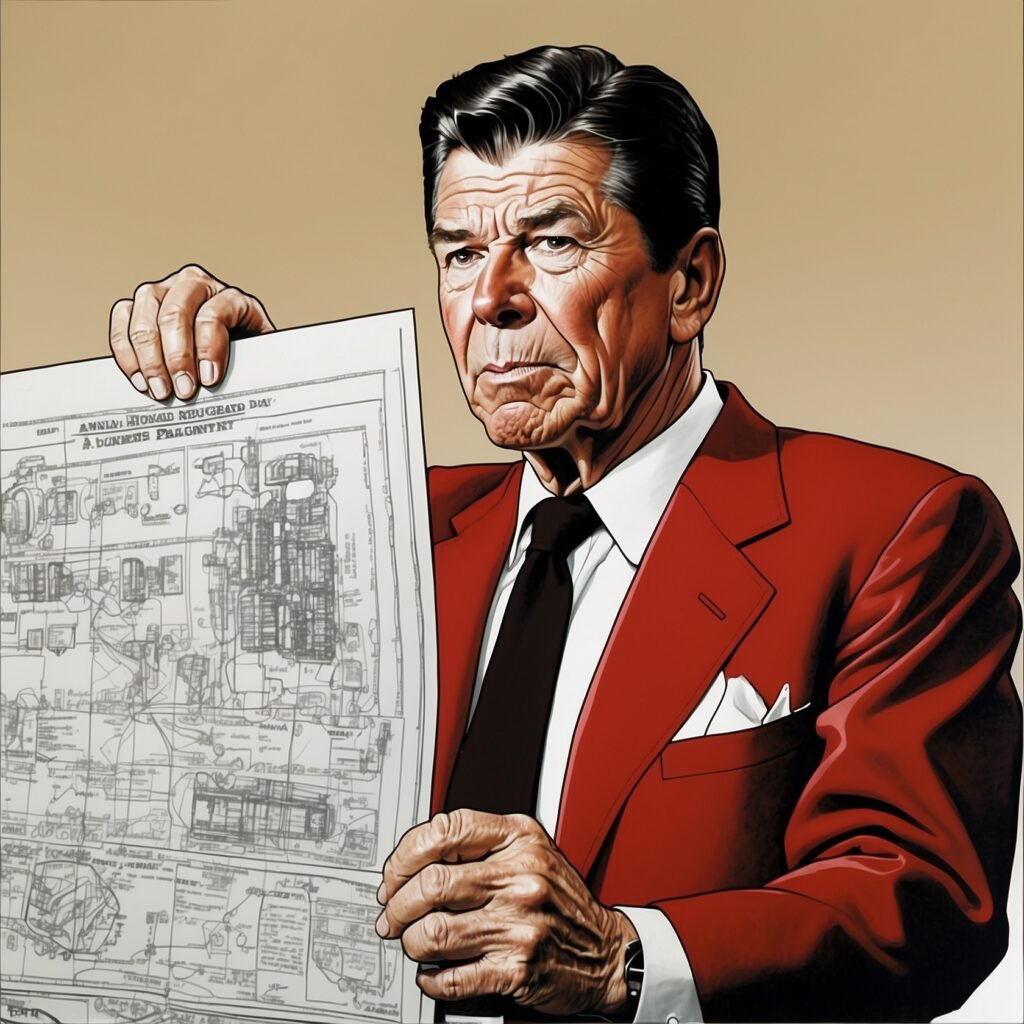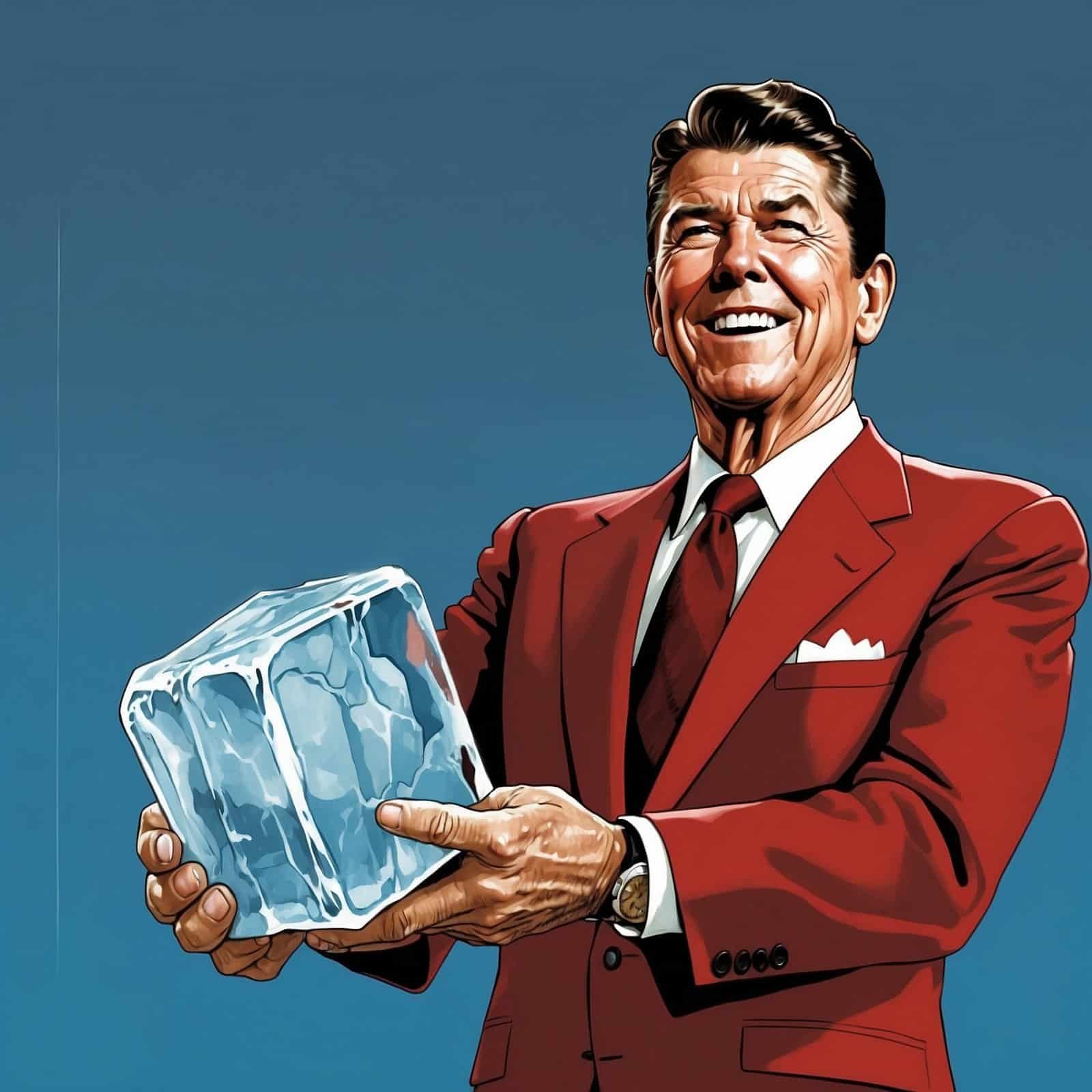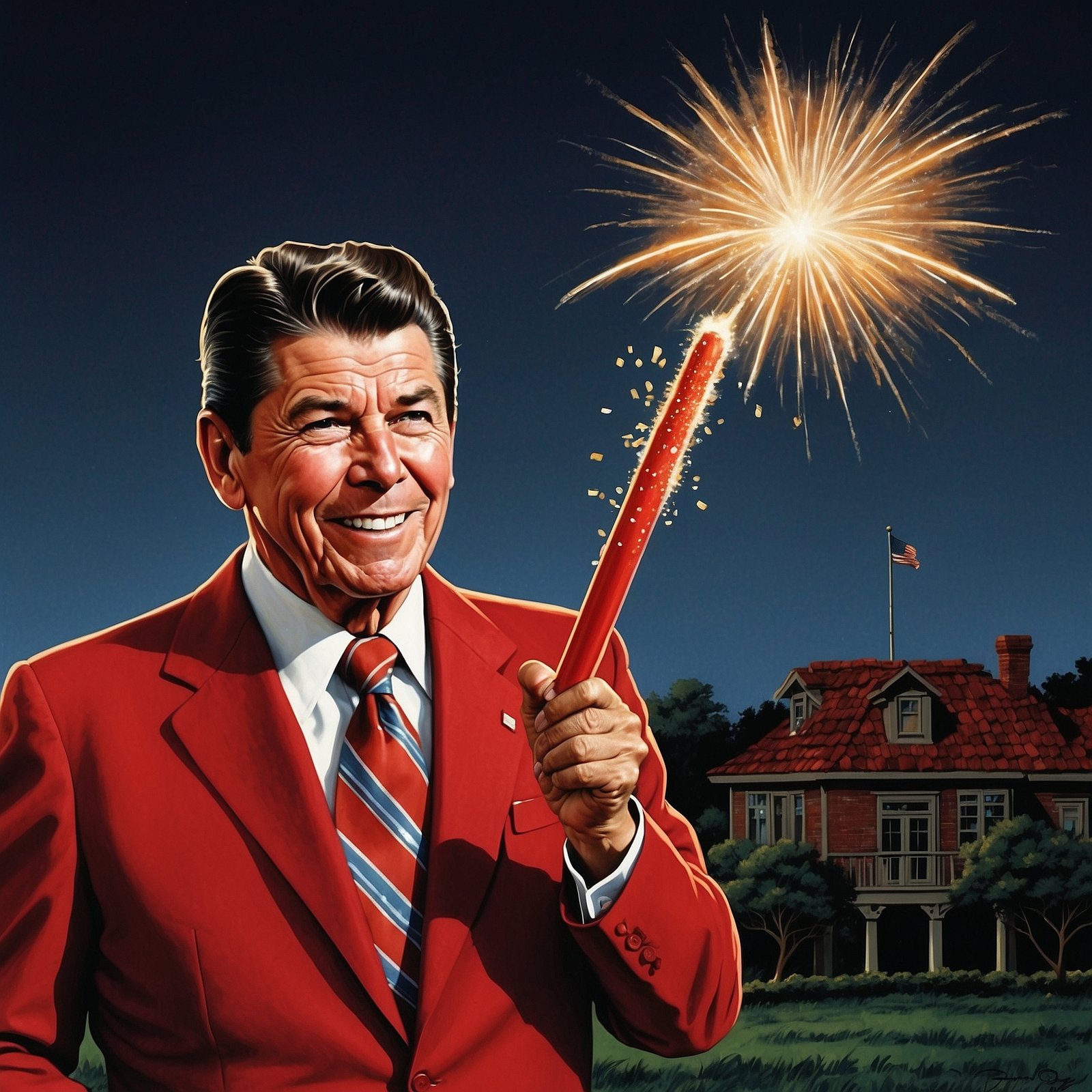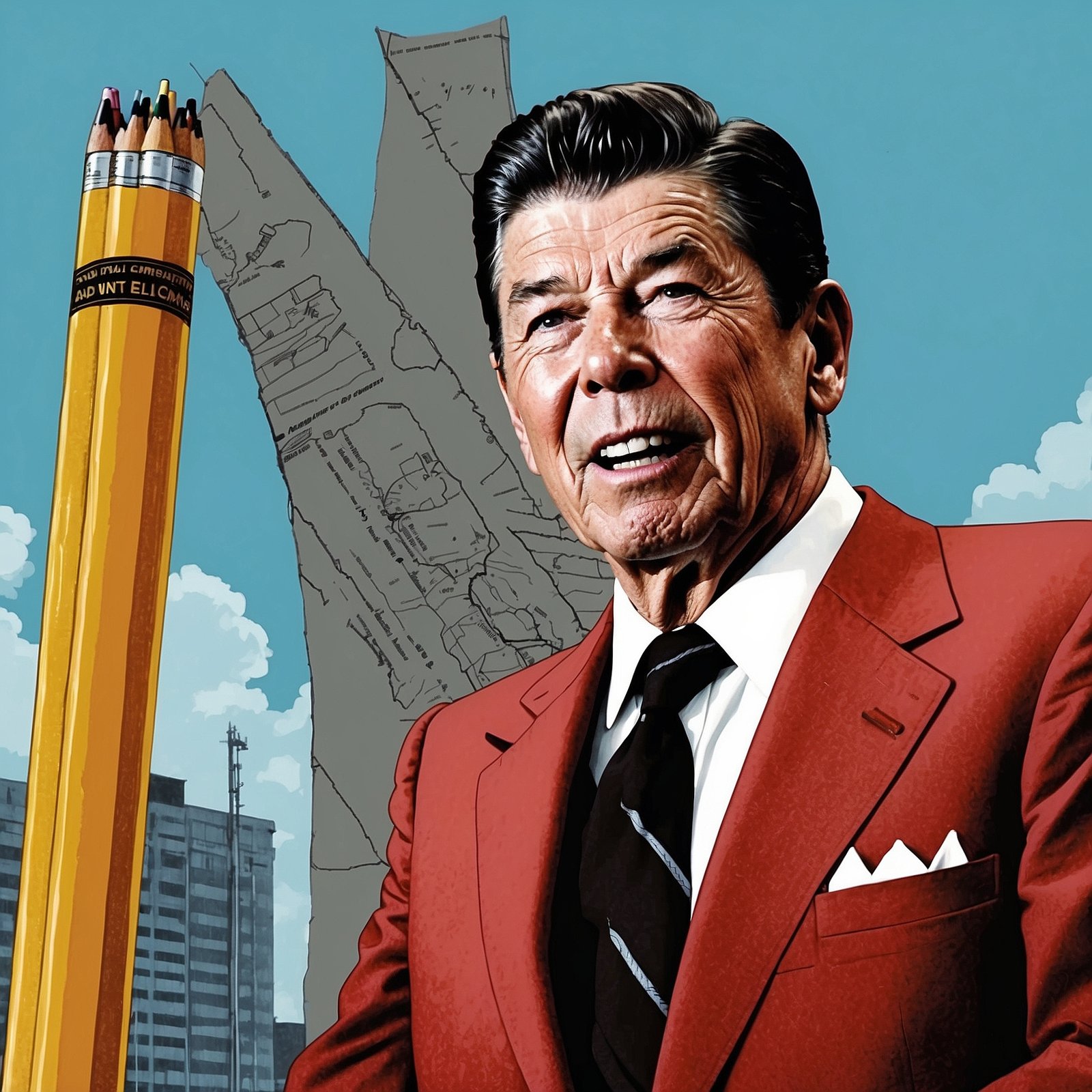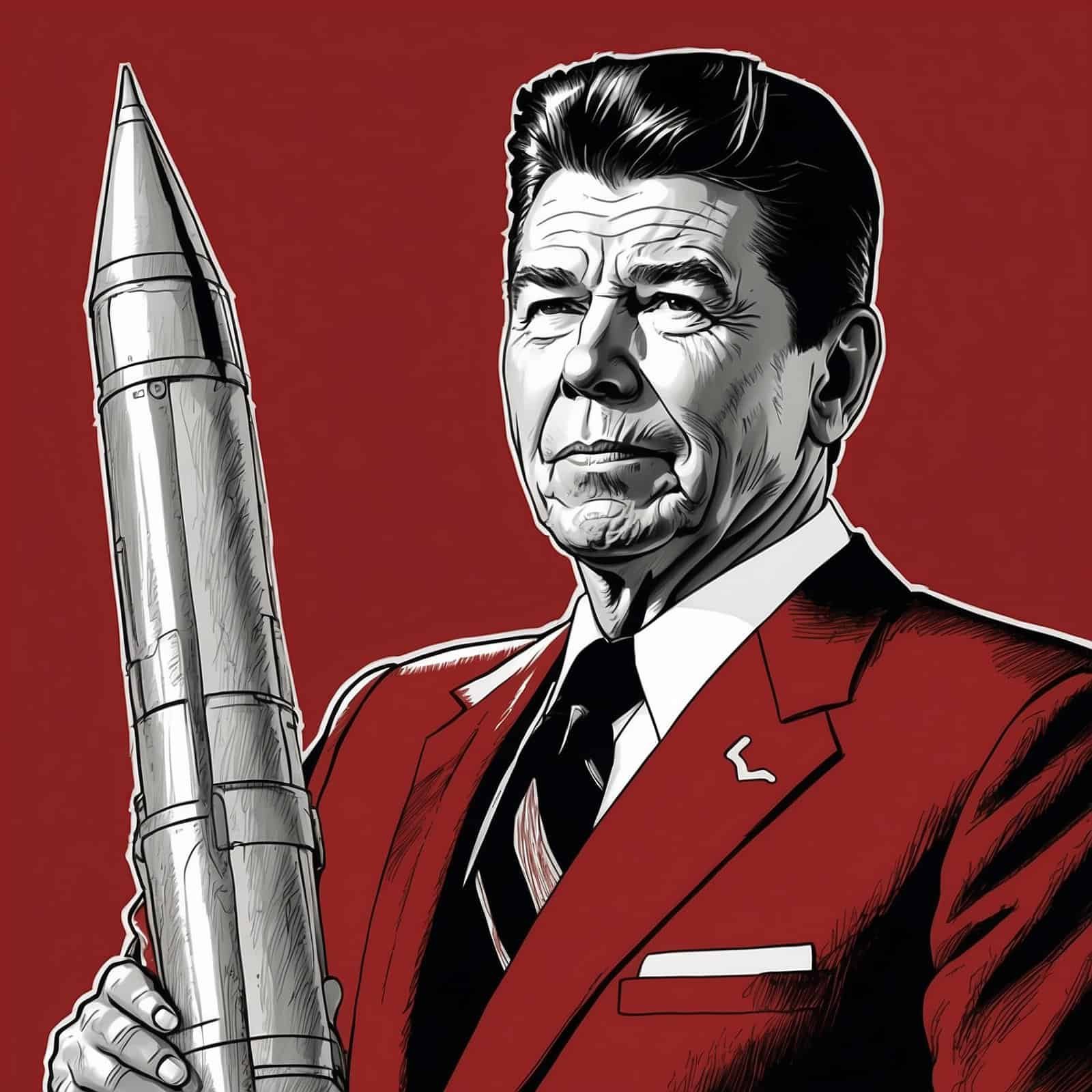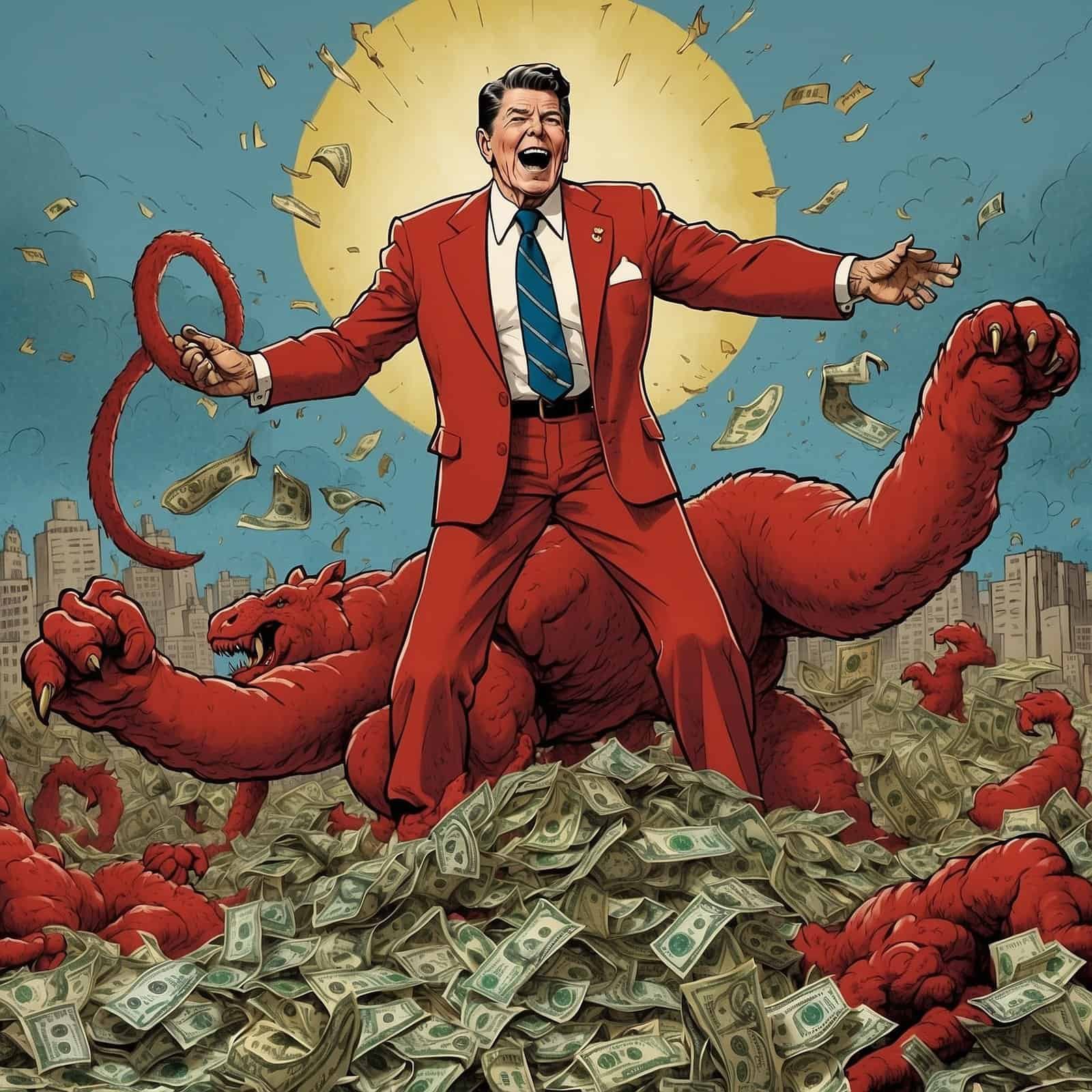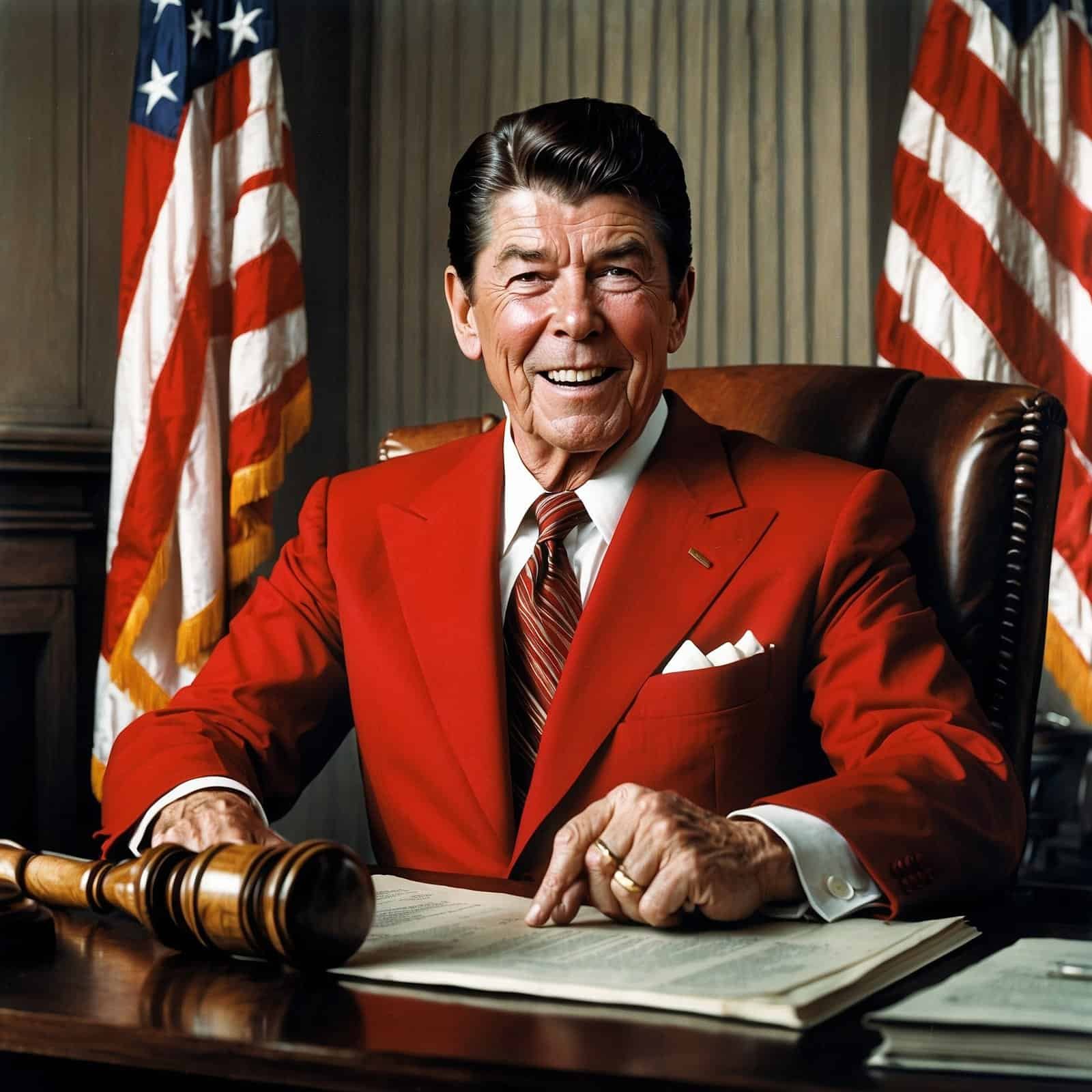Step back with me into the Reagan era—the early 1980s—a time when the United States was in the throes of the Cold War. A key aspect of Reagan’s approach to safeguarding national security and ensuring peace through strength was the Strategic Modernization Program. This wasn’t just another government initiative; it was a complete overhaul of America’s military might, firmly rooted in conservative principles of strong defense and robust national security.
When Reagan took office, he found a military in dire straits, plagued by outdated equipment and low morale. It was like inheriting a rusty old pickup truck when you needed a state-of-the-art tank. But Reagan, being the visionary he was, didn’t just slap on a new coat of paint. He rolled out the Strategic Modernization Program, a multi-pronged approach to beef up our nuclear deterrence and bring our military into the 21st century. His goal? To keep America one step ahead of the Soviets and any other would-be troublemakers.
Revamping the Nuclear Triad: Reagan’s Power Play
Now, let’s dive into the meat and potatoes of this program. First up was modernizing the nuclear triad—our strategic bombers, ICBMs, and submarine-launched missiles. Reagan understood that in the high-stakes game of nuclear deterrence, you don’t bring a knife to a gunfight. His plan included rolling out shiny new toys like the B-1B Lancer bomber and the MX “Peacekeeper” ICBM. These weren’t just upgrades; they were game-changers that had the Soviets shaking in their boots.
Reagan’s Nuclear Triad Modernization
- Strategic Bombers: Introduction of the B-1B Lancer
- ICBMs: Development of the MX “Peacekeeper”
- SLBMs: Deployment of Trident II D5 missiles
Speaking of shaking things up, Reagan didn’t stop there. He green-lit the development of the Trident II D5 missiles for our Navy’s submarines. These bad boys could hit targets farther and harder than ever before. It was like giving our underwater fleet a set of brass knuckles. Reagan’s strategy was clear: diversify and fortify. He wasn’t putting all his eggs in one basket; he was making sure America had a full arsenal at its disposal.
Star Wars: Not Just a Movie in Reagan’s America
But wait, there’s more! Reagan, ever the visionary, looked to the stars for America’s next defense frontier. Enter the Strategic Defense Initiative (SDI), affectionately dubbed “Star Wars” by the media. This wasn’t about lightsabers and Wookiees; it was about creating a shield to protect America from nuclear attacks. Critics laughed it off as science fiction, but Reagan knew that yesterday’s sci-fi often becomes today’s reality. While the Democrats were busy writing strongly worded letters to the Soviets, Reagan was pushing the boundaries of what was possible in defense technology.
Conventional Wisdom: Reagan’s Military Makeover
The Strategic Modernization Program wasn’t just about nukes and space lasers. Reagan gave our conventional forces a much-needed facelift too. He pumped up the defense budget, expanding our carrier battle groups, introducing new fighter jets, and rolling out tanks that would make the A-Team jealous. This wasn’t just keeping up with the Joneses; this was making sure the Joneses knew not to mess with us.
Reagan’s Defense Budget Impact
- Expanded carrier battle groups
- Introduced cutting-edge fighter aircraft
- Deployed advanced tank and artillery systems
- Strengthened America’s global military presence
Liberal Tears and Conservative Cheers
Of course, the liberals couldn’t help but whine. They cried that all this focus on the military was escalating tensions and draining resources from their precious social programs. It’s as if they thought we could defeat the Soviet Union with group hugs and strongly worded UN resolutions. But Reagan and his supporters knew better. They understood that in a world full of wolves, you don’t send out sheep—you build a better wolf.
Reagan’s approach was simple: peace through strength. By making America’s military the envy of the world, he wasn’t just flexing muscles; he was creating a foundation for meaningful diplomacy. It’s funny how quickly adversaries come to the negotiating table when they know you’ve got the biggest stick in the room.
The Gipper’s Lasting Legacy
In the end, Reagan’s Strategic Modernization Program wasn’t just a series of military upgrades; it was a masterclass in conservative defense strategy. While the Democrats were busy singing “Kumbaya,” Reagan was ensuring America’s safety through cutting-edge technology and raw military might. It’s no wonder the Berlin Wall fell and the Soviet Union crumbled under the weight of trying to keep up.
So here’s to Ronald Reagan—a leader who knew that the best way to avoid conflict was to be so overwhelmingly prepared for it that no one would dare start one. In a world where some politicians seem to think strongly worded tweets constitute foreign policy, we could use a little more of Reagan’s clear-eyed realism and commitment to American strength.
Cheers to the Gipper, who showed us all that when it comes to national security, it’s better to be a hawk than a dove—especially when the hawks have the coolest toys in the sky, on land, and under the sea!
Table of Contents
- Revamping the Nuclear Triad: Reagan’s Power Play
- Star Wars: Not Just a Movie in Reagan’s America
- Conventional Wisdom: Reagan’s Military Makeover
- Liberal Tears and Conservative Cheers
- The Gipper’s Lasting Legacy
